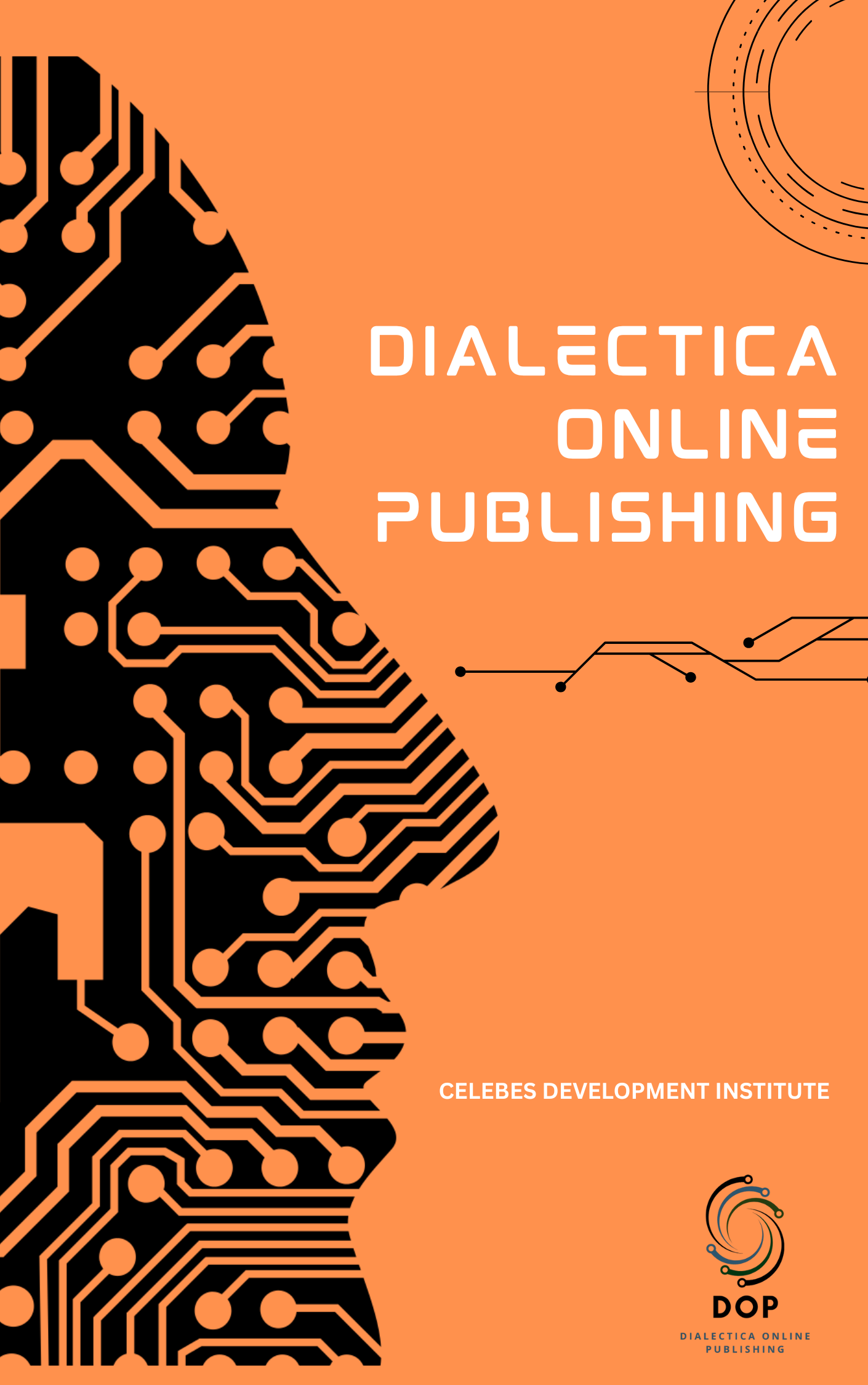Code-Switching and Code-Mixing in Indonesian EFL Classrooms: Teacher-Student Interactions in North Biak
Keywords:
Code-switching, Code-mixing, Bilingual education, Classroom interaction, English language teachingAbstract
This study investigates the types and functions of code-switching and code-mixing used by the English instructor and students at State Junior High School 2 Warsa – Biak during an English language training program. The data were collected through recorded classroom interactions, observations, and elicitation techniques. Using Hoffman’s theoretical framework for bilingual language use, the analysis revealed four types of code-switching—namely intra-sentential, inter-sentential, emblematic, and intra-word switching—as well as one type of code-mixing, intra-sentential code-mixing. The findings show that intra-sentential switching was the most frequently used, indicating the instructor’s linguistic strategy to embed English vocabulary and grammar within Indonesian or Papuan Malay structures. Additionally, the study identified seven reasons for the use of code-switching and code-mixing, including clarification, repetition, emphasis, and topic-shifting. These linguistic practices served pedagogical purposes, facilitating better comprehension and engagement in the bilingual classroom. The study concludes that code-switching and code-mixing are effective tools for scaffolding language learning, particularly in multilingual educational contexts such as Warsa – Biak.
References
1. Ayodabo, J. O. (2013). Language and communication in society. Ibadan University Press.
2. Bennett, D. (1998). The role of language in education. Routledge.
3. Bialystok, E. (2006). Bilingualism in development: Language, literacy, and cognition. Cambridge University Press.
4. Crystal, D. (1971). Linguistics. Penguin Books.
5. Emike, E., Eli, H., & Johnson, R. (2021). Reasons for code-switching and code-mixing in bilingual contexts. Journal of Applied Linguistics, 12(3), 45–59.
6. Eunike, D., Adebayo, M., & Yusuf, A. (2023). Sociolinguistics and the functions of language in multilingual societies. Language and Society Journal, 18(1), 35–48.
7. Fishman, J. A. (1968). Language and nationalism. Rowley: Newbury House.
8. Grosjean, F. (1982). Life with two languages: An introduction to bilingualism. Harvard University Press.
9. Gumperz, J. J. (1977). The sociolinguistic significance of conversational code-switching. In L. Wei (Ed.), The bilingualism reader (pp. 90–111). Routledge.
10. Herk, G. (2012). What is sociolinguistics? Wiley-Blackwell.
11. Hoffman, C. (1991). An introduction to bilingualism. Longman.
12. Hudson, R. A. (1990). Sociolinguistics. Cambridge University Press.
13. Ko, Y., Kyeongjae, P., Jung, S., Sosrohadi, S., & Andini, C. (2025). Revisiting EPS TOPIK: Addressing linguistic and cultural challenges for migrant workers in South Korea. International Journal of Current Science Research and Review, 8(2), 904-910.
14. Novendo, A., & Linuwih, S. (2018). The use of code-switching and code-mixing among bilinguals in Indonesia. Journal of English Teaching and Linguistics, 1(1), 1–15.
15. Rahman, F., & Weda, S. (2019). Linguistic deviation and the rhetoric figures in Shakespeare’s selected plays. XLinguage" European Scientific Language Journal", 12(1), 37-52.
16. Said, M. M., Rita, F., Weda, S., & Rahman, F. (2021). English Language Performance Development Through Extracurricular Activities At Faculty Of Teacher Training And Education Tadulako University Palu. PalArch's Journal of Archaelogy of Egypt/Egyptology.
17. Shcherba, L. V. (1974). Language and speech. Nauka Publishing.
18. Sidorova, T. V., Petrov, F. A., & Kuznetsova, I. A. (2020). The phenomenon of bilingualism and multilingualism in modern linguistics. Journal of Language and Cultural Education, 8(2), 1–10.
19. Spolsky, B. (1998). Sociolinguistics. Oxford University Press.
20. Titone, R. (1993). Psycholinguistics of bilingualism. Multilingual Matters.
21. Wardhaugh, R. (1992). An introduction to sociolinguistics (2nd ed.). Blackwell.
22. Waris, A. (2012). Code-switching and code-mixing in English language learning. Journal of Language Research, 5(2), 123–130.
23. Rahman, F., & Widyastuti, W. (2023). Academic Self-Efficacy and Math Learning in Sidoarjo's High School Elementary Students. Academia Open, 8(1), 10-21070.
24. Yaumi, M. T. A. H., Rahman, F., & Sahib, H. (2023). Exploring WhatsApp as Teaching and Learning Activities during Covid-19/New Normal era: A Semiotic Technology Analysis. International Journal of Current Science Research and Review, 6(12), 7627-7634.
25. Youngsun, K., Sosrohadi, S., Andini, C., Jung, S., Yookyung, K., & Jae, P. K. (2024). Cultivating Gratitude: Essential Korean Thankfulness Phrases for Indonesian Learners. ELS Journal on Interdisciplinary Studies in Humanities, 7(2), 248-253.










